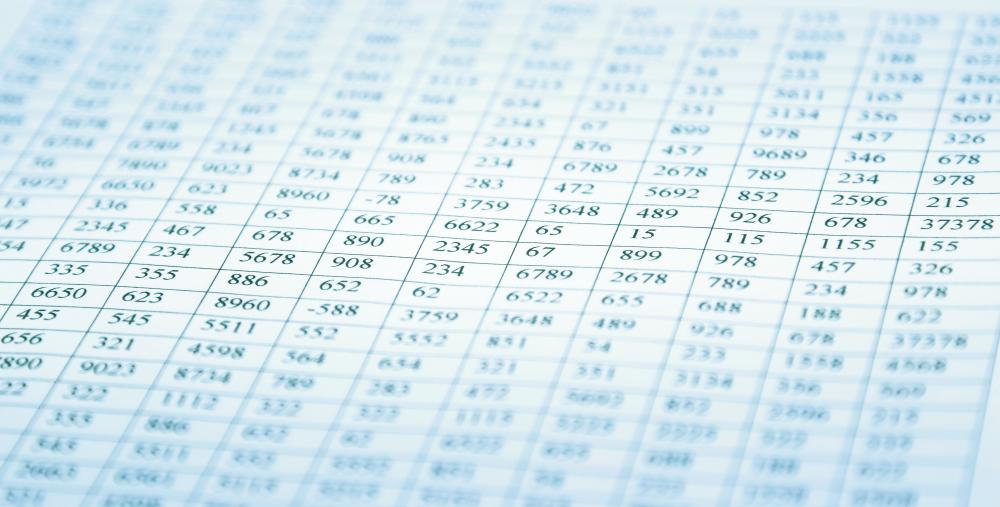At WiseGEEK, we're committed to delivering accurate, trustworthy information. Our expert-authored content is rigorously fact-checked and sourced from credible authorities. Discover how we uphold the highest standards in providing you with reliable knowledge.
What is Vertical Analysis?
Vertical analysis is a method of analyzing financial statements in which each item in the statement is represented as a percentage of a single larger item. This method of analysis may be used with both balance sheets and income statements as a way of coherently comparing large monetary amounts and making sense of the data. One of the advantages of vertical analysis is that it makes comparisons between companies of different sizes within the same industry easier to prepare. It also allows a company to weigh its current reports against reports from its past, revealing possible trends or areas that need improvement.
Looking at the raw data on a financial statement can be relatively meaningless without some sort of benchmark to which the numbers can be compared. Vertical analysis solves this problem by relating all items on a balance sheet to a single item, forming what is known as a common-size balance sheet. Common-size balance sheets are easily compared to the statements of other companies as well as to older sheets from within one company.

When using vertical analysis on a balance sheet, all items on the sheet are measured in terms of the total assets. For example, imagine that a company has total assets of $1,000 US Dollars (USD) and inventory of $100 USD. Since the $100 USD comprises 10 percent of the $1,000 USD total assets, the inventory would be represented by the number 10 on the balance sheet. All of the different assets, whether it be cash, inventory, equity, or accounts receivable, would have numbers that would add up to 100 on a common-size balance sheet.

In terms of vertical analysis on income statements, all of the different items are represented as a proportion of the total sales. That means that the total sales amount is automatically represented as 100. If the interest expenses of a certain company were $200 USD and its total sales amounted to $4,000 USD, then the interest would be represented as 5, because it totals 5 percent of total sales.
By using vertical analysis, a business can quickly identify strengths, weaknesses, and trends. For example, a company might spot a trend that shows the percentage of accounts receivable on the rise while the percentage of cash is on the wane. This may indicate inefficiency in collection methods. Analyzing an income statement in the same way allows the decision-makers at a company to pinpoint exactly how each dollar is distributed among costs and expenses, yielding a full financial picture.
AS FEATURED ON:
AS FEATURED ON:












Discussion Comments
@nony - A pie chart would show you a snapshot in time. However, I think that most applications of vertical financial analysis would be for the purpose of making comparisons with other financial periods.
I don’t know if you can do this easily with a pie chart, however you can do it with regular line graphs. I do agree with you that this kind of trend benchmarking would probably be the easiest kind of analysis to perform, as the math is relatively simple.
Well now, I am not a math wizard nor am I that good in accounting, but based on this article I think that I could learn how to do a vertical analysis. Further, it all makes perfect sense.
Basically you see all of your numbers as part of a bigger picture. Since I am a very visual person, I would display the results in a pie graph. Each number would represent a piece of the pie, giving me an idea of where all the money is going.
I already do something like this for my own personal budget. Every month I generate a pie graph showing where expenses and incomes are going. Unfortunately expenses wind up eating up a bigger piece of the pie.
Post your comments